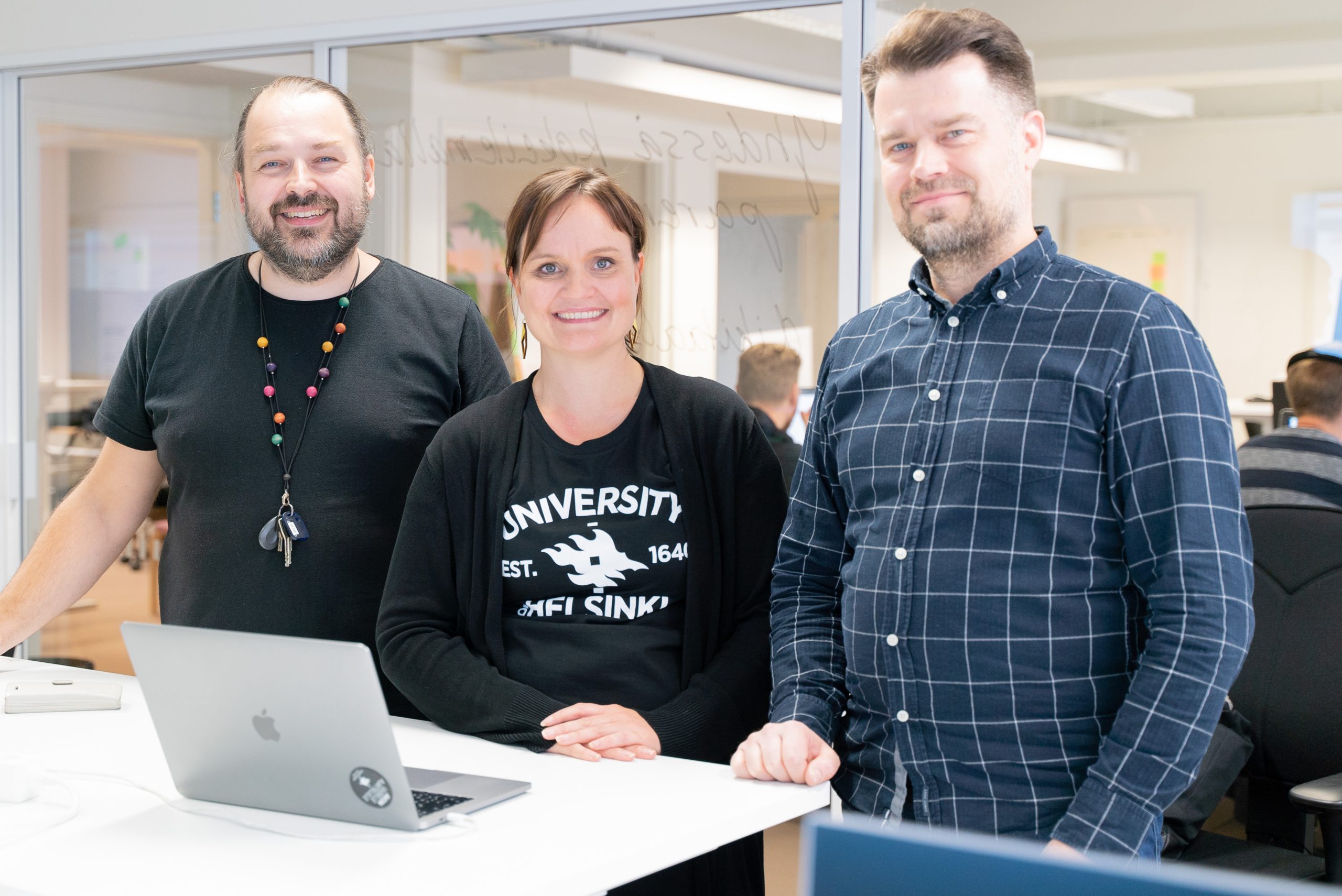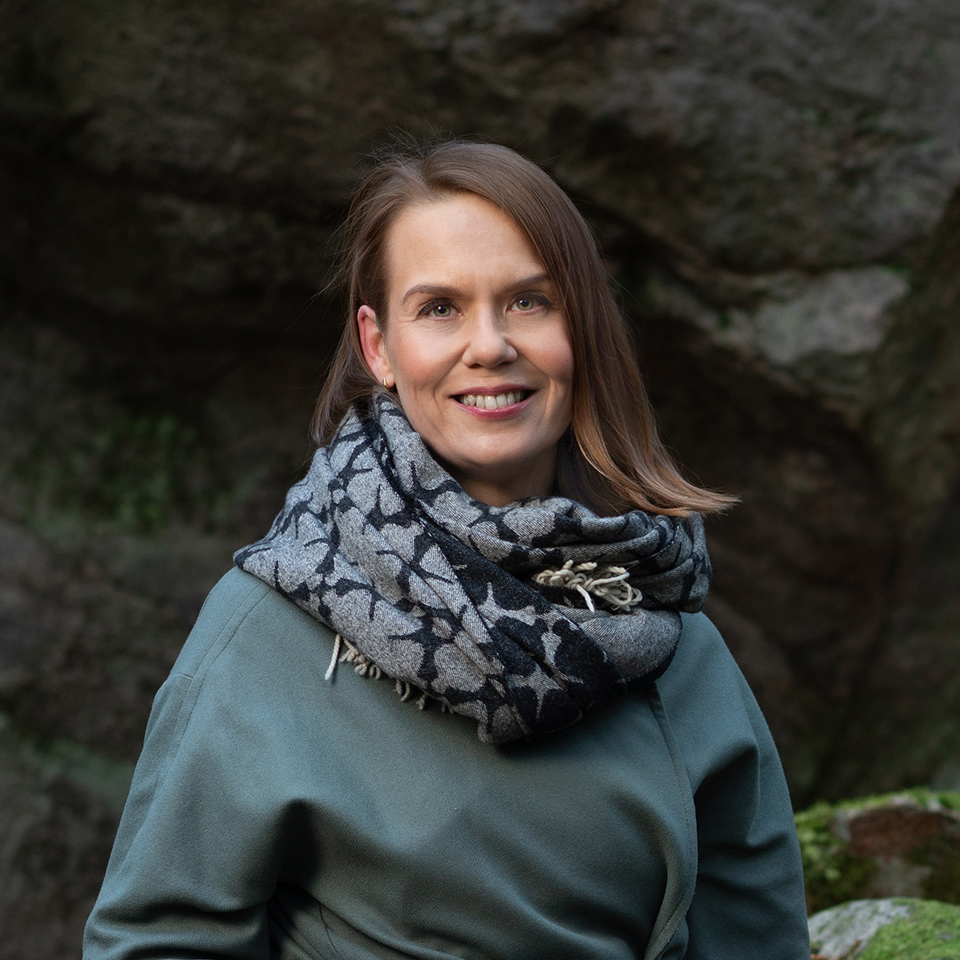2017 was a year of change for the University of Helsinki. The University was undergoing a big organizational change and at the same time a new student platform was taken into use. The intranet called Flamma was a joint intranet for both staff and students. Now, some of its content would be transferred to the new student platform called My Studies, giving an opportunity to reorganize the content of the intranet. In addition, the technical platform was coming to the end of its life cycle and adding the fact that the intranet was not responsive, a renewal was more than called for.
North Patrol is a consulting firm specialized in the design of digital services and information systems. We shape ideas into a vision and service concept, find the best architectural and technological solutions, design a functional user experience, and compete to find the ideal partner for implementation work. We do not sell implementation projects, nor do we sell licenses; we are genuinely on the side of the customer.

Even though a platform change was the main driver for the project, the renewal was a great opportunity to rethink the whole intranet concept. Whom should the intranet serve, and in what situation? Searching for answers to these questions, the University of Helsinki turned to North Patrol for help. In addition to helping plan the overall concept for the new intranet, North Patrol was to help find a technology, that would suit both the concept and the University needs.
Out goes the common intranet, in comes Liferay
Before starting the project, the University of Helsinki had done some research among staff and students, to find out, what was expected of the intranet, and possible future development goals.
Based on this, the decision was taken that the new Flamma was to first and foremost serve the university personnel. The intranet would remain open for the students as well, so that they can stay up to date on university matters.
Conceptually, the new intranet would be a tool to support everyday work as well as the most important channel for internal communication. In comparison to the old Flamma, the content in the new intranet would be more focused, more concrete and most importantly - findable. To achieve this, the University would need to relinquish the former organization and unit based information structure, that was prominent in the old intranet.
Even though the content would be slimmed down and reorganized, the University still has a lot of different user groups with different information needs. Therefore, it was important to be able to target content to different user groups. O365 SharePoint Online is the most commonly used intranet platform in Finland, but the lack of personalization features in O365 was one of the reasons it could not be considered as an option for the University of Helsinki. Evaluating different technological solutions, North Patrol consultants had also to consider the modularity of the platform, since the renewal project was going to be implemented in phases and the intranet will be developed in parts.
In the end, the decision fell between the open source platform Drupal and the commercially licensed platform Liferay. Both platforms suited the concept well and could be tailored to the needs of the University of Helsinki. The University has competence in both Java and PHP, so internal resources could be used for maintenance and development in the future with both platforms. In the end, the choice fell on Liferay DXP, mainly because of its personalization features and because of easy duplication of pages.
The new intranet is a joint venture
With the technical problem solved, the main goal for the new intranet was to enhance the user experience. In order to achieve this, the University project group wanted to have as many stakeholders as possible taking part in the planning process. In the fall of 2017, the University of Helsinki arranged a six week long collaboration project called #flamethon, together with Helsinki Think Company. Altogether 60 representatives from the university took part in the collaboration project.
In the #flamethon workshops, the participants recognized problems with the old intranet, narrowed down challenges, constructed miniature user stories, discussed possible solutions and worked on preliminary models of the concept. Following this, quick prototypes where made and these prototypes where then tested on real users. Altogether 200 university representatives, students and faculty members, commented the proposed concept models.
In the end, several concept ideas that where generated as a part of the #flamethon -collaboration project where implemented in the new intranet. The user’s own profile page, yearly calendars for different personnel roles, common and targeted content for content pages, suggestive search and role specific dashboards, to mention a few.
A strong vision kept the project on the right track
The technical implementation project was subject to public tendering, as required by Finnish law in project this large. The tender was won by Ambientia, and the new intranet was implemented as an agile project, lead by the University of Helsinki.
The collaboration mode that dominated the concept project, continued into the implementation project, and the new Flamma -intranet is a result of collaboration between several different parties. The University of Helsinki’s service design partner Digitalist had an active role in designing the end product, and Ambientia developers sat two days a week together with the University’s own developers and worked together on the technical solution.
Even though the University’s own developers where not familiar with Liferay as a product when starting the project, the technical adoption went very smoothly. The University of Helsinki was responsible for the platform from the start, and during the implementation project the developers gathered necessary knowledge for maintaining the platform in the future.
By having the vendor and university people working together in a joint project team and with a sufficient number of working days together, a smooth project and information exchange could be ensured. At the same time, the knowledge of Liferay as a product grew among the university’s own developers.
Keeping the implementation project this close to home requires both resources and knowledge from the customer. The University of Helsinki had the advantage that they could allocate Juha Sjöblom, who had previous experience with Liferay, full time as a Product Owner. Pauliina Pajunen was responsible for the content side and Technical Product Owner was Mikko Hassinen.
Everyone is a content producer
Liferay was a new solution for the University so content production training was needed. The content coordinators where educated in the use of Liferay, and creating new pages and portlets where constricted to a smaller group of content producers.
Challenges aside, Liferay is a lot easier system to grasp from a content producer perspective then the old Oracle based Flamma, since content can be edited in a wysiwyg-mode. This led to the decision where any intranet user can edit content. By having open editing rights, the University strives to simplify user access management, add a wiki feel to the site and enhance a culture of openness. Each piece of content has a designated person that is responsible for it, and he or she gets a notification when someone has edited the content, so he or she can check the changes if wanted.
A good search function, please!
A good search function is high on the wish list in each intranet project, and the same goes for the University of Helsinki.
However, a good search is seldom something you can get off the shelf, and lots of effort has been put in the search function of the new Flamma -intranet. The search engine is not the standard Liferay search, but Liferay GSearch that is based on Elastic Search and has a google like user experience. Liferay GSearch is not yet an official part of Liferay, and the University of Helsinki is piloting it.
Keywords has been added to all content and the content has been search engine optimized. The findability is enhanced by promoting important keywords and their synonyms. In this way the University can influence the search results and promote content to the user in a similar way that Google promotes sponsored links.
The social feed is the killer feature
It was a close call that the internal social feed would have been left out of the concept, since the feedback on the social feed was really mixed during the user testing. In the end, the project group decided to implement the feed as a custom feature on Liferay.
The social feed is called Virtanen, which is a Finnish surname that plays on the word “feed” – in Finnish “virta”. It was a good thing that the social feed was implemented in the end, since it has proven the be killer feature of the new intranet and the thing that mostly distinguishes the new Flamma from the old one.
The development continues
Continuous development of digital services is business as usual at the University of Helsinki, and the same goes for the Flamma -intranet. On one hand, the University wants the intranet to correspond to strategical needs and on the other hand, being an innovative community, ideas are gathered and piloted together.
After the launch of the new Flamma-intranet, the University of Helsinki has focused on developing the people search and implementing a service chat. Next up is utilizing Liferay more efficiently as a platform for workflows, among other things.
All in all, the renewal of the University of Helsinki’s intranet Flamma was a great success. There are only some small features left on the back log and some larger development projects are already planned. The future of Flamma is worked on in the same manner as the original concept was worked on in the fall of 2017 – together.
In the featured image from the left Mikko Hassinen, Pauliina Pajunen and Juha Sjöblom. Image: Juho Matilainen/Trustmary.
Project details
University of Helsinki, Flamma -intranet
Technology: Liferay DXP
- High level concept and technology selection: North Patrol, January 2017 – June 2017
- Requirement specification and tendering, North Patrol, August 2017 –November 2017
- #Flamethon – concept design, Helsinki Think Company and University of Helsinki, November 2017 –December 2017
- Service design and UI design, Digitalist & Ambientia, spring 2018
- Technical implementation: Ambientia, April 2018 – May 2019
- Version 1.0 launch, March 2019


